The Children’s Train Review: A Journey Between Inheritance, Motherhood and Rebirth
The Children’s Train Review: Up The Children’s Train the children of the war. Born under the bombs of the Second World War, the little ones of the South were often thin, dirty, and emaciated. They don’t go to school and do humble jobs to support themselves and sometimes an entire family. They are small, they are large, and they are of any age. But, often, they also grew up ahead of time, stolen from their childhood because of adult things. Viola Ardone tells them in her book of the same name published in 2019, and they are written by Furio Andreotti, Giulia Calenda, Camille Dugay, and Cristina Comencini for the latter’s film, which on December 4 arrives on Netflix after previewing the Rome Film Festival. Five years after her last feature film, Tornare, Cristina Comencini returns to the control room again with Il Treno dei Bambini, a work that, in an evident way, collects the legacy of her father Luigi and renews his spirit through a personal gaze and current. Based on Viola Ardone’s bestselling novel, the film was previewed at the Rome Film Festival and has been available on Netflix since December 4th.
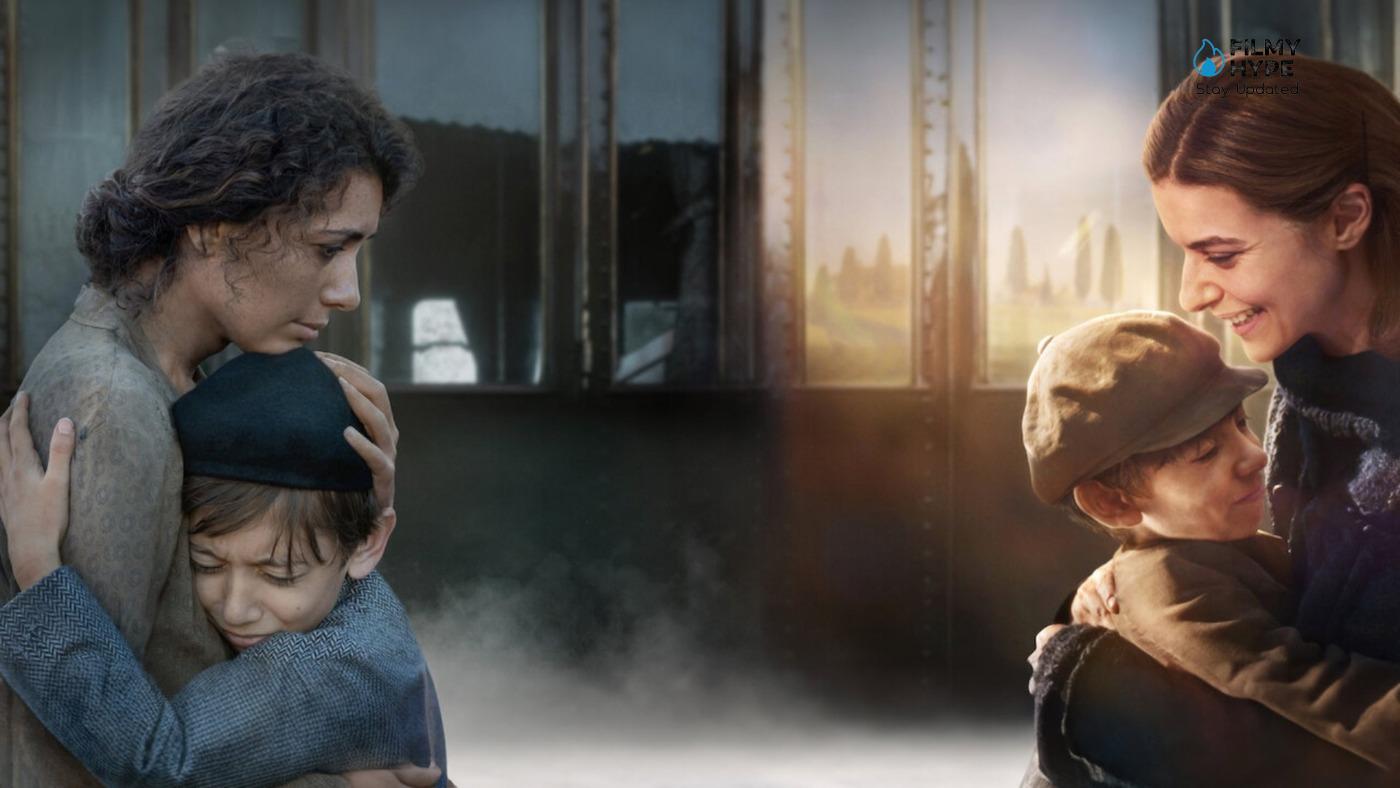
With The Children’s Train, Comencini plunges into a complex past, post-war Italy, to tell the journey of Amerigo Speranza, an eight-year-old boy forced to leave the poverty of Naples to find a better life in the North. Sent by his mother, as part of a program designed by the increasingly popular Italian Communist Party, the little one will face the unknown together with many children like him, worn out by hunger but at the same time by the fear of what awaits them. This journey, which begins as an escape from the blackest misery, turns into an emotional path of growth, discovery, and rediscovery of oneself. The director demonstrates a particular sensitivity in telling the protagonist’s childhood, alternating raw realism and moments of great poetry, which makes the film an experience capable of touching universal emotional cords. This is not completely flawless work: The Children’s Train occasionally flows into moments of sugary sentimentality, which could make some spectators turn up their noses. Cristina Comencini‘s film is however an extremely powerful story, one of those stories that undoubtedly deserves to be told and makes us reflect not only on the past but also on our present.
The Children’s Train Review: The Story Plot
It is the case of The Children’s Train, the new film by Cristina Comencini arriving on Netflix on December 4th. Based on the novel of the same name by Viola Ardone – an Italian editorial case translated into more than thirty languages – it is the story of a very little-known historical event today, that is, of the so-called “trains of happiness” organized by the Italian Communist Party to help the poor families of southern Italy after the Second World War. Thanks to the contribution of militants and voluntary families, girls and girls from the poorest areas of the south were welcomed in various cities in the north even for a short period where those who had the opportunity provided for their livelihood. Many of them had nothing to cover themselves with, were malnourished and sick, often had lost brothers, sisters, grandmothers, and parents during the conflict, and lived in absolute poverty. Many of those children returned home to their families but many others, on the other hand, chose to stay with their foster families driven, perhaps, by the possibility of a better life.
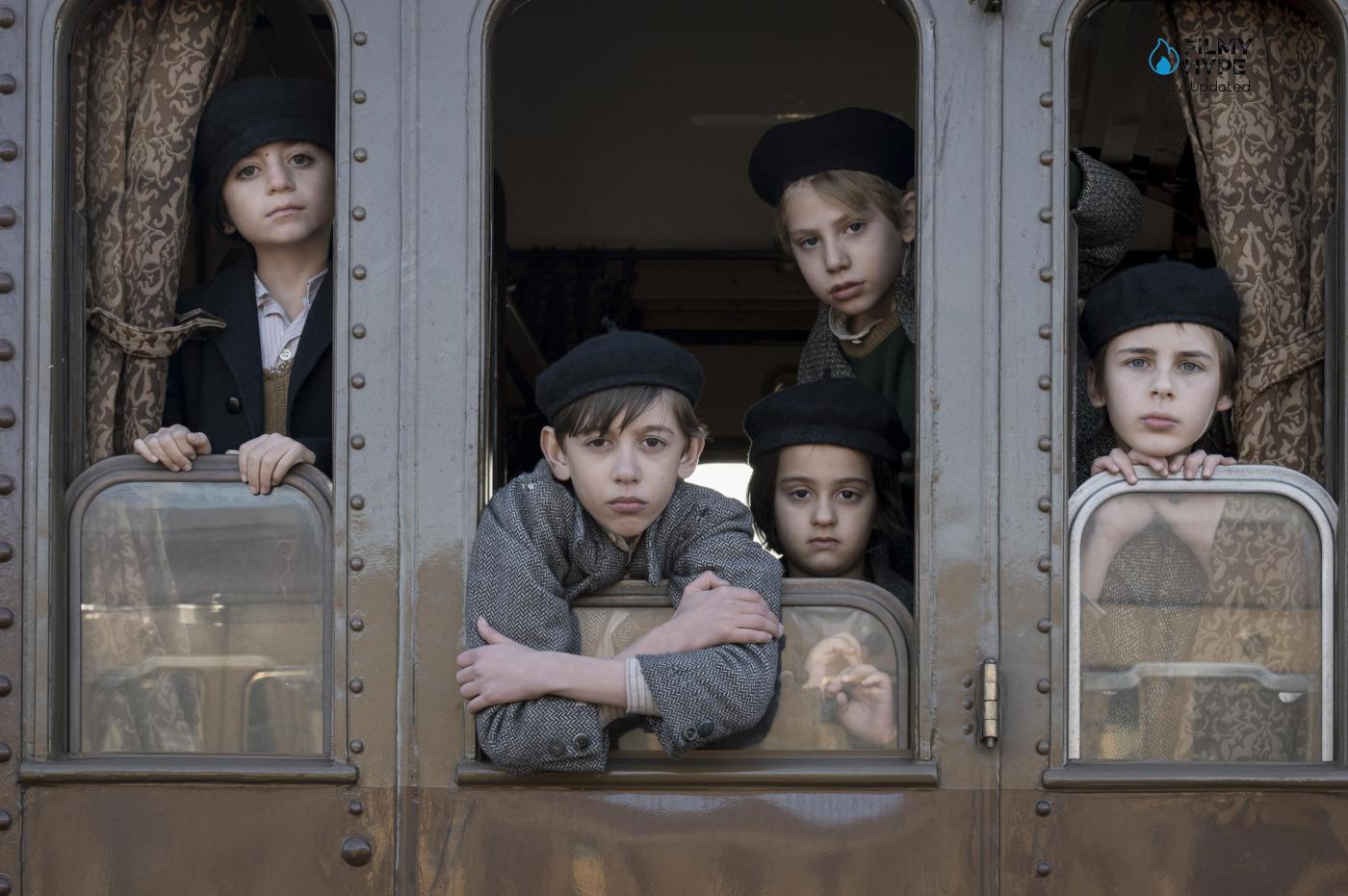
The Children’s Train is set in the immediate post-war period in Naples. Antonietta (Serena Rossi) has recently lost a child due to a serious illness contracted during the war. Her children’s father left for America, and she was left alone to take care of Amerigo (Christian Cervone), the only son she had left. Amerigo is a very lively child who does not want to know about going to school and gets angry with small gimmicks and petty thefts; tried by fatigue and poverty, Antonietta decides to turn to Maddalena (Antonia Truppo), a PCI militant in charge of organizing children’s trains to ask her to send her son for a period in the north and this is how the child leaves together with many friends and friends from the neighborhoods to Emilia Romagna also with the hope of returning all more strong and healthy. Arriving at their destination, Amerigo is separated from the companions to whom accommodation has already been destined. He too remained alone as his mother had been during the war, in Maddalena who had accompanied him all that remains is to implore Dorna (Barbara Ronchi) to take him in foster care. Former partisan and trade unionist, Dorna, is initially reticent about the idea of taking care of Amerigo but also thanks to the help of her brother, she manages to create the loving and welcoming family that until then Amerigo had never had.
The Children’s Train Review and Analysis
Produced by Carlo Degli Esposti and Nicola Serra for Palomar, The Children’s Train also marks the return behind the camera for Cristina Comencini. The director also signs the script together with Camille Dugay, Furio Andreotti and Giulia Calenda, the latter recently awarded with David di Donatello for the best screenplay of C’è still tomorrow. The music of the film is signed by an exceptional name: the Oscar winner Nicola Piovani. On the part of Netflix, there was therefore an important production effort confirmed by the words of Tinny Andreatta, Vice President for the Italian contents of Netflix, who confirmed the central role that the cinematographic transposition of successful books plays in the Italian and global strategy of the platform.
Andreatta also stressed the importance of wanting to bring a story of civil commitment, solidarity, and hospitality to the screens. A story, as Comencini herself pointed out, which also questions motherhood and its real, intrinsic meaning. Antonietta and Dorna – the characters played by Rossi and Ronchi, both in a state of grace – are two mothers “imperfect ” according to the canon that mothers abnegated want to their role of care, loving and performing even in the most atrocious difficulties; the model of the mother “Angelicata” produced by patriarchal culture and married by society for centuries it has required women to adhere to an ideal of perfection and therefore unachievable, condemning in most cases themselves, their companions and their children to a state of permanent unhappiness. The Children’s Train says that every woman does her best, that she doesn’t always succeed, and that it is understandable not to do it. However, where the individual does not arrive, the community must intervene – the state, politics, neighbors, and school – because raising a child is not an individual act, but a collective responsibility.
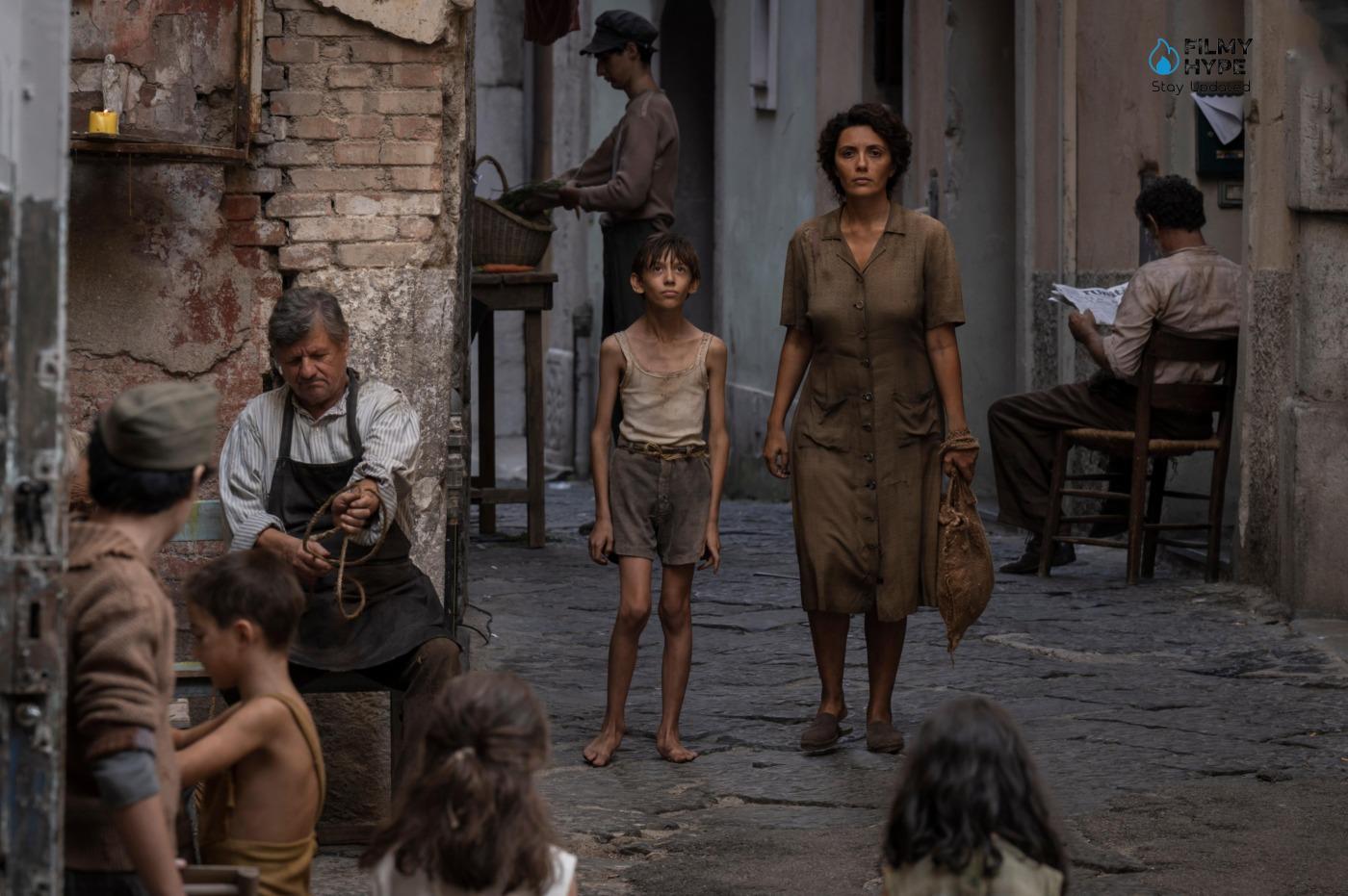
The film is also a story of welcome and solidarity in a deeply torn and disunited country where it was often difficult to communicate because there was still no common language. But despite racism, mistrust, and mutual differences, the utopia of a sense of community shared somewhere was reality. Looking at the film, one almost wonders if everything is invented, if the same country that organizes rejections and builds detention camps in Albania, both the same and eighty years ago was able to set up a rescue and reception system and that worried about boys and girls by offering them shelter, food and education. One also wonders why we will see The Children’s Train on Netflix and not on the public service but the answer to why this does not happen is dramatically all too evident.
Entrust the direction of The Children’s Train Comencini therefore represented a risky choice on the part of Palomar, a real gamble which, however, proves to be a winner. The director appears in a state of grace, demonstrating great ability and sensitivity in telling this story, avoiding stylistic trappings or unnecessary authorial machine movements. Comencini opts for an essential but intense direction, putting the focus on the story and events, trying to capture the emotions and feelings of the characters directly and engagingly. From the first minutes of the film, the viewer is immersed in the narrative world: a poor Naples oppressed by post-war ignorance, returned with realism and attention to detail. This emotional involvement also extends to the main characters, such as Antonietta Speranza and little Amerigo. Thanks to a careful and careful script, the protagonists are three-dimensional and complex, from the first narrative minutes, being endowed with a character and a depth that make them authentic and understandable in their actions and choices.
Comencini’s direction is not particularly iconic, sometimes falling into avoidable captions, emphasizing some narrative moments through superfluous framing choices, tracing, and excessive scripting steps. However, the decision to adopt an invisible “direction”, which leaves the viewer entirely immersed in the narration, proves to be a wise and functional choice. This approach avoids distractions caused by machine movements that end in themselves, focusing the public’s attention on the story and allowing a greater emotional connection, where the viewer can be moved through the tender narration of these maternal, but also paternal, affections, of which the film becomes a bearer, with extreme elegance and kindness of mind.
An element of great strength of the film lies in the extraordinary performances of the cast, which govern the entire weight of the work. The actors, with their physicality and expressive intensity, manage to dominate the scenic space and deeply touch the spectator’s heart. These interpretations, sometimes with a theatrical imprint, convey an intense sense of truth: through looks and gestures, the actors reveal their inner world, communicating moods and thoughts even in the absence of words. Despite this, the film suffers from an excess of dialogue, which in some moments is redundant. Emotions and situations would often be perfectly understandable without the help of words, thanks to the visual and interpretative power of the scenes. In this sense, the film shows a trend, typical of some productions from fiction RAI to an unnecessary caption. This inclination, although representing one of the main defects of the film, does not completely compromise the vision, which still retains a significant cinematographic charm.
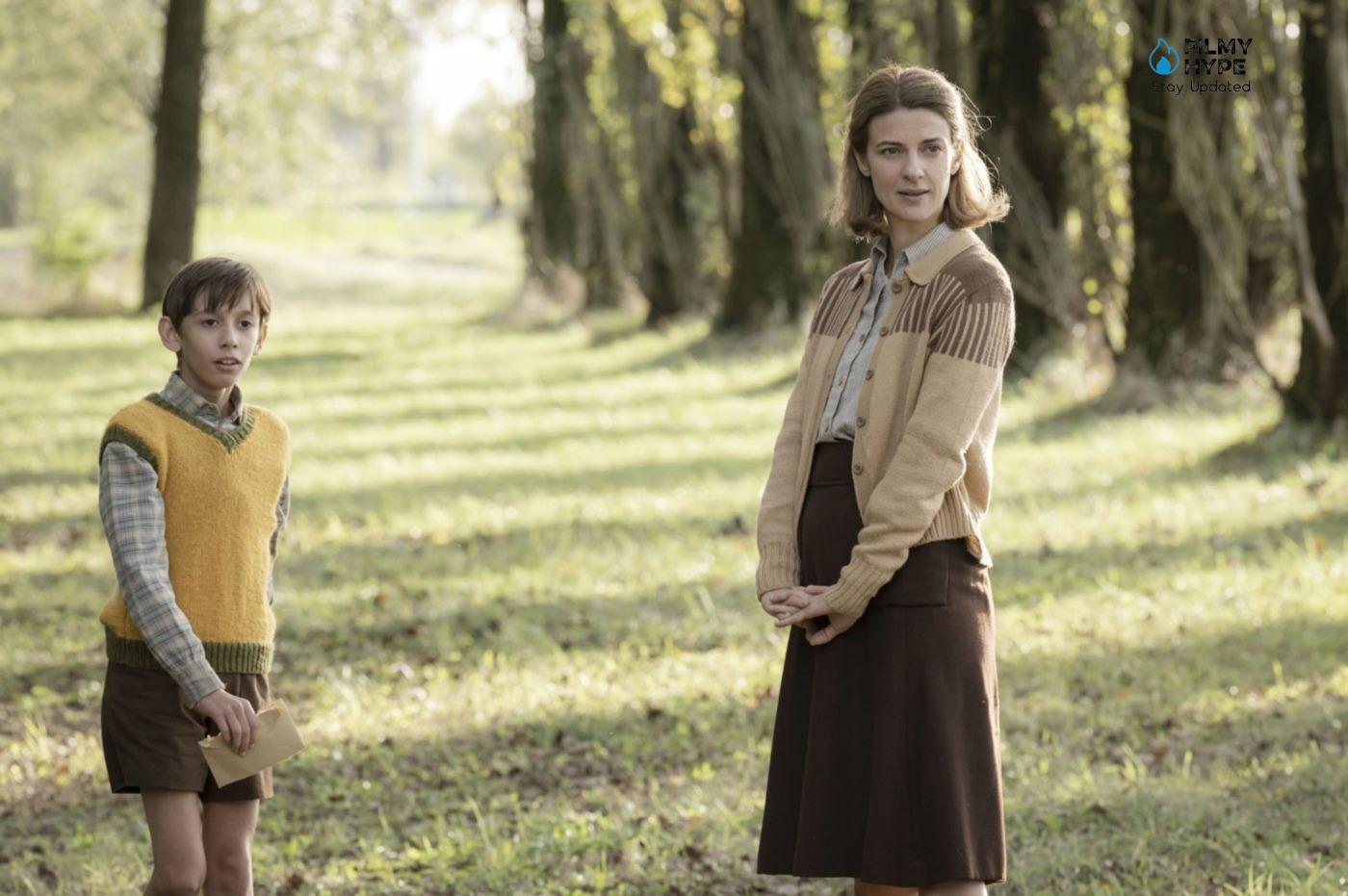
As written above, the strength of The Children’s Train resides in his extraordinary acting performances, starting from the very young debutante Christian Cervone, who plays little Amerigo. The child finds himself torn from his mother against his will and confined to a village in the Emilian countryside, where he has to adapt to a new family with which he initially struggles to relate. In the early days, Amerigo feels an intense desire to return home to his mother, the central figure of his world and the source of a deep emotional bond. Cervone, a true revelation, offers an excellent interpretation that captures the nuances and emotions of a child forced to confront a radically different reality. Alongside the young protagonist, the increasingly convincing stands out Serena Rossi gives the public an intense and complex portrait. Her character, a poor and ignorant woman, deeply loves her son, but her love is marked by a jealousy that, over time, deteriorates the relationship with Amerigo.
This dynamic takes shape when the child, after a year spent far away in Northern Italy, returns profoundly changed. Rossi manages to give body and soul to a figure that lives on gray tones and sadness, making the mother’s contradictions and feelings palpable. In addition to these central interpretations, it is impossible not to mention Barbara Ronchi, who tackles with great sensitivity the role of a fragile but intellectually refined woman. Independent and reserved, his character finds himself, almost by chance, taking care of Amerigo, and his presence adds depth and facets to the story. Another prominent figure is Stefano Accorsi, who plays adult Amerigo. Although his performance is solid and interesting, his role, relegated to a few scenes and dialogues, is less incisive. The part dedicated to adult Amerigo, while deepening the central theme of the film, lacks true narrative depth. This narrative frame with Accorsi proves to be excessively didactic, even if it culminates in an exciting ending, consistent with the heart of the story: the profound meaning of being a mother. This theme is also explained by the unofficial subtitle that appears on the promotional poster of the film: “Because sometimes those who let you go of those who hold you love you more”.
The Children’s Train is not just a physical journey through Italy, but a deep emotional journey into the heart of what it means to be a mother. The film addresses universal questions: What does a mother define? Is it a blood tie or an act of love? Through a powerful and poignant narrative, the film explores the sacrifices, hopes, and pains of those women who, devastated by the post-war misery, chose to entrust their children to the “trains of happiness” to give them a chance to survive and dream. The protagonist, Amerigo, is the symbol of those children torn from their roots to be entrusted to families in Northern Italy. His departure from Naples, from his mother Antonietta, marks the beginning of a journey made of discoveries and contrasts. In the North, Amerigo finds in Derma a figure that goes beyond simple hospitality: becoming for him a true “mother of the heart”. His kind presence, the warmth of his home, and the possibility of a different life fill a void that the little boy did not know he had. Derma teaches him what it means to live without the weight of misery, opening him a window to a better future. But the return to Naples breaks the idyll. The city that was once his world now appears suffocating, marked by poverty and the daily struggle for survival.
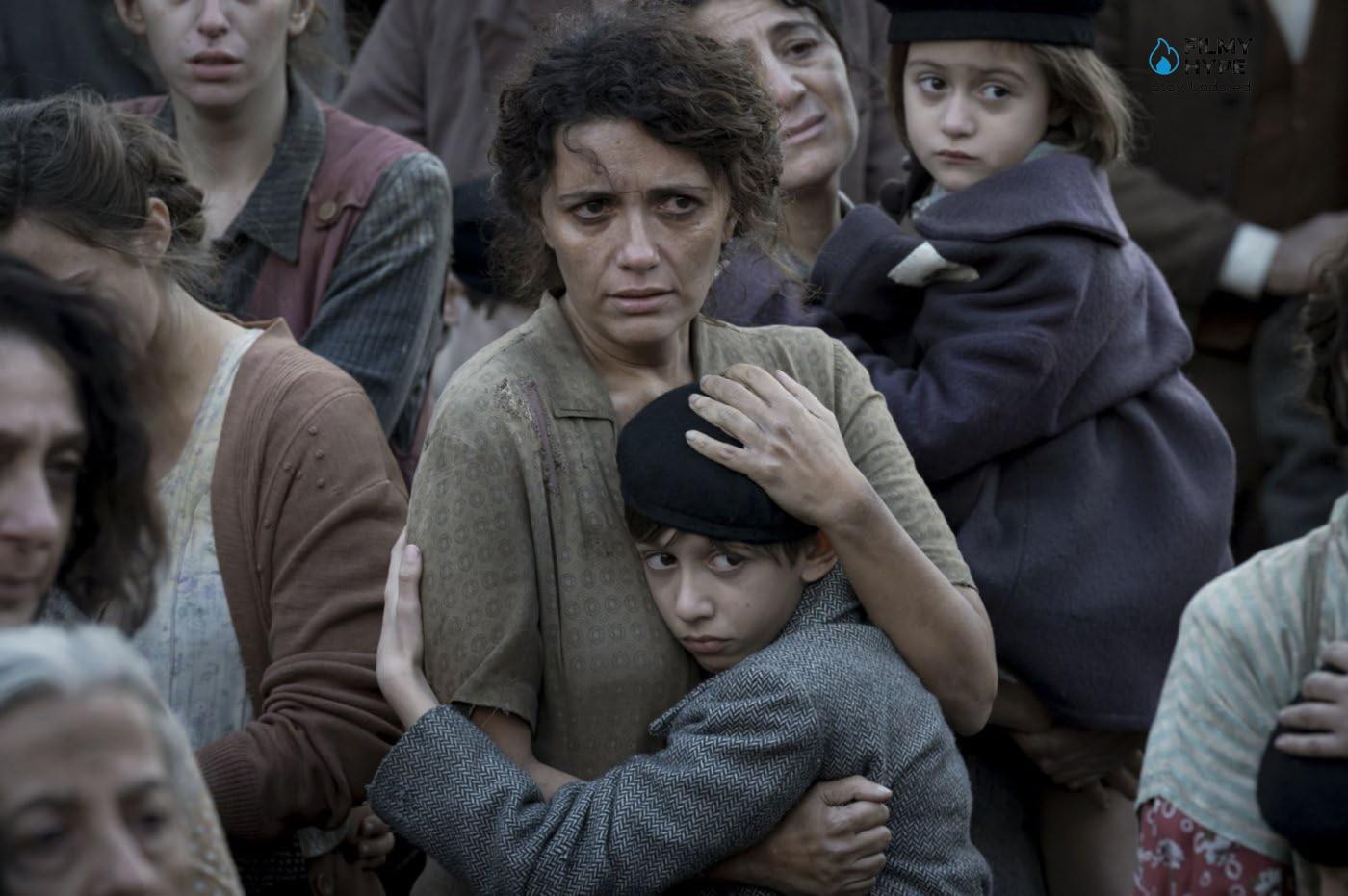
Antonietta, which for Amerigo had been the pillar of its existence, takes on a complex and painful role: on the one hand, it represents the maternal love that lets it go for its good; on the other, it embodies the harshness of a life that leaves no room for dreams. The comparison between the two maternal figures, Derma and Antonietta, reflects two ways of loving and being mothers: one rooted in emotional abundance, the other in silent sacrifice. This duality is never treated superficially. The film does not demonize Antonietta but rather highlights her courage and pain. It is she, with her gesture of immense sacrifice, who allows Amerigo to experience another life, even though she knows that she could lose it forever. Derma, on the other hand, becomes the symbol of welcome and possibility, showing how motherhood can also be expressed through the conscious choice to take care of someone who is not tied to us by blood.
In this sense, Comencini’s feature film is a moving story that transcends time, reminding us that maternal love is made up of a thousand shades: it is sacrifice, resilience, pain, and hope. Through Amerigo’s story, the film invites us to reflect on what it means to love a child, even when it involves letting him go. With delicacy and depth, it teaches us that mother, in all their forms, are the true bearers of hope, capable of shaping the future even in moments of greatest despair. If there is a criticism that can be made to The Children’s Train, undoubtedly concerns the musical aspect, which unfortunately cannot completely detach itself from a heartfelt déjà-vu. Nicola Piovani, an award-winning composer famous for his collaborations with directors of the caliber of Daniele Luchetti, Marco Bellocchio, and Bernardo Bertolucci, certainly contributed with his skill to the soundtrack of this film. However, his melodies, although elegant and full of emotion, are reflected too clearly in the sounds of the soundtrack of Life is Beautiful – a work, always made by Piovani, which, although worthy, now belongs to the past.
The similarity between the two works is clear, especially in terms of tonal choice and melodic development. Piovani manages to evoke strong emotions, as always, but the impression that derives from it is that the composer has not gone beyond his comfort zone, remaining anchored to a formula that has already met with enormous success. This does not mean that the music of the film is not effective, but rather that, in a work so powerful from an emotional and historical point of view, a more daring and innovative soundtrack would have been expected, capable of going beyond the shadow of the past. A work that, despite its beauty, risks being a little too similar to what Piovani has already done in the past, thus depriving the film of a certain sound freshness that could have further distinguished it. Probably, this traditional and recognizable soundtrack has not prevented the film from enjoying considerable success, and most likely Piovani will collect prizes, such as the David di Donatello, but one wonders if, in a film that deals with such universal and complex themes, music could not have made an even more significant contribution, exploring new sound directions and resonating with the uniqueness of the story without looking too far back.
The Children’s Train Review: The Last Words
The Children’s Train stands out for the sensitivity of Cristina Comencini in telling complex themes such as motherhood, childhood, and dualism between Northern and Southern Italy. The film combines refined visual language and touching interpretations with an intertwining that alternates moments of raw realism and emotional poetry. However, some aspects of the story are less incisive, in particular the time frame set in 1994, which appears less engaging than the heart of the story. The Children’s Train is a film that excites and reflects on post-war challenges through a child’s inner journey. Cristina Comencini‘s direction, although not without some questionable stylistic choices, focuses effectively on the narration and feelings of the characters. The interpretations of Christian Cervone and Serena Rossi are the true driving forces of the film, capable of transmitting an authentic emotional depth. Despite some weaknesses in the rhythm and a soundtrack too similar to that of Life is Beautiful, the film still manages to touch the viewer’s heart, reflecting on the meaning of love, sacrifice, and freedom.
Cast: Serena Rossi, Barbara Ronchi, Christian Cervone, Francesco Di Leva, Dora Romano, Stefano Accorsi
Directed By: Cristina Comencini
Streaming Platform: Netflix
Filmyhype.com Ratings: 4/5 (four stars)

The Children’s Train Review: A Journey Between Inheritance, Motherhood and Rebirth | Filmyhype
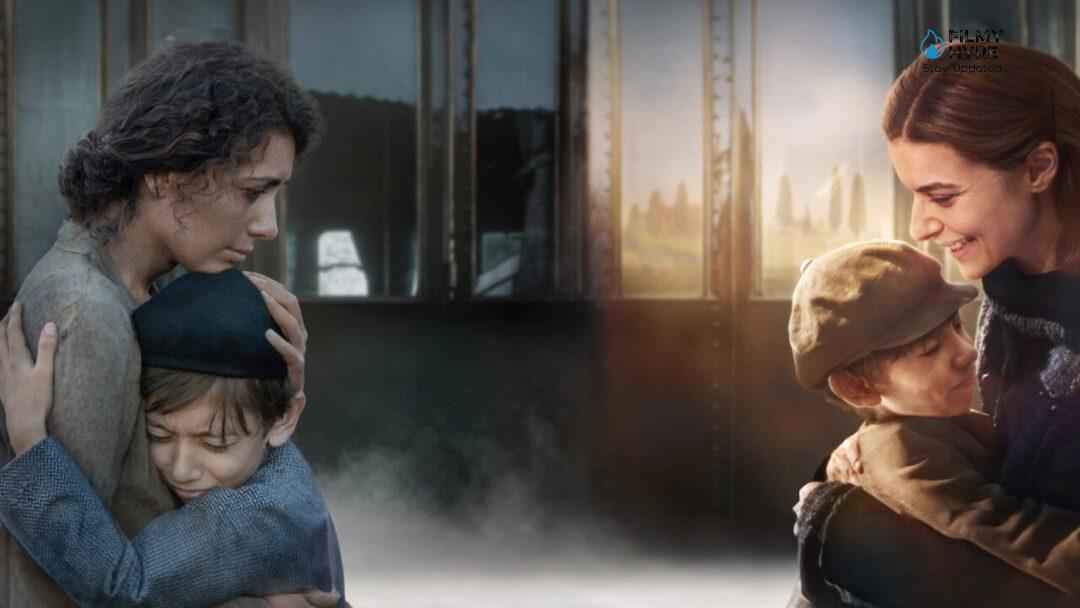
Director: Cristina Comencini
Date Created: 2024-12-04 19:47
4





